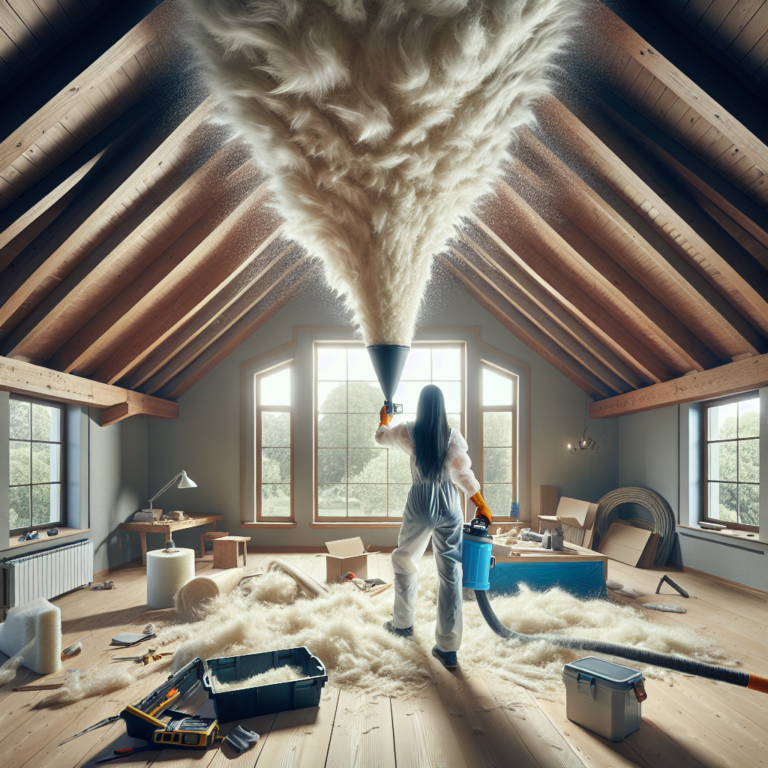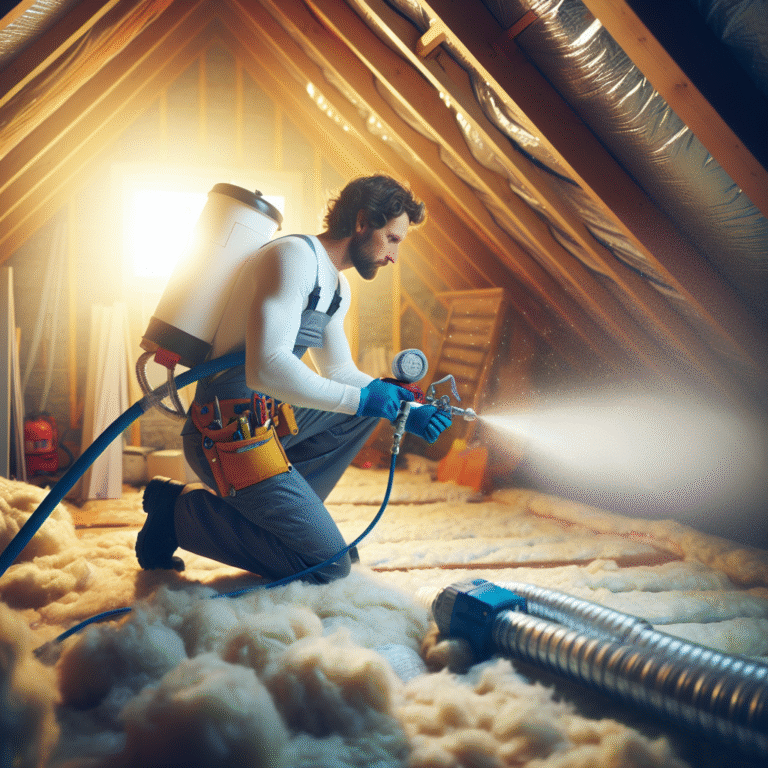The Ultimate Guide to Blown-In Insulation for Homes
Table of Contents
- Introduction
- What Is Blown-In Insulation?
- Benefits of Blown-In Insulation
- Types of Blown-In Insulation
- Installation Process
- Cost Considerations
- Maintenance Tips
- FAQ Section
- Conclusion & Call to Action
Introduction
Blown-in insulation is a cost-effective and efficient method to enhance your home’s energy performance and comfort. This guide explores the comprehensive benefits and installation techniques of blown-in insulation that cater to maximizing your home’s potential.
What Is Blown-In Insulation?
Blown-in insulation, also known as loose-fill insulation, involves small particles of fiber, foam, or other materials that are blown into building cavities or attics using specialized pneumatic equipment.
Benefits of Blown-In Insulation
- Enhanced thermal performance, reducing energy bills.
- Improved soundproofing capabilities.
- Environmentally friendly options with recycled materials.
Types of Blown-In Insulation
Blown-in insulation materials typically include fiberglass, cellulose, and mineral wool. Each type possesses unique properties suitable for different climatic conditions and installation areas.
Installation Process
Step 1: Preparation
Assess the area where insulation will be installed and prepare it by clearing debris and sealing any air leaks.
Step 2: Choosing the Right Material
Based on the specific needs of your home, choose the optimal insulation material.
Step 3: Installation
Using specialized machines, professionals will blow the insulation material into the designated spaces.
Cost Considerations
While the initial expense might be higher than traditional insulation methods, the long-term savings on energy bills could justify the investment.
Maintenance Tips
Regularly check the state of your insulation for any signs of dampness or pest infiltration, which can compromise its effectiveness.
FAQ Section
Q: What are the benefits of blown-in insulation for homes?
A: Blown-in insulation offers excellent energy conservation qualities, sound isolation, and is often made from recycled materials.
Q: How long does blown-in insulation last?
A: Properly installed blown-in insulation can last for over 30 years, making it a durable option for home insulation needs.
Q: Is blown-in insulation safe?
A: Yes, when installed correctly by professionals, blown-in insulation is safe and does not pose any significant health risks.
Conclusion & Call to Action
Incorporating blown-in insulation into your home is an excellent decision for enhancing energy efficiency and comfort. Ready to experience the transformative impact on your home?
???? Click Here to learn more and get started!.




